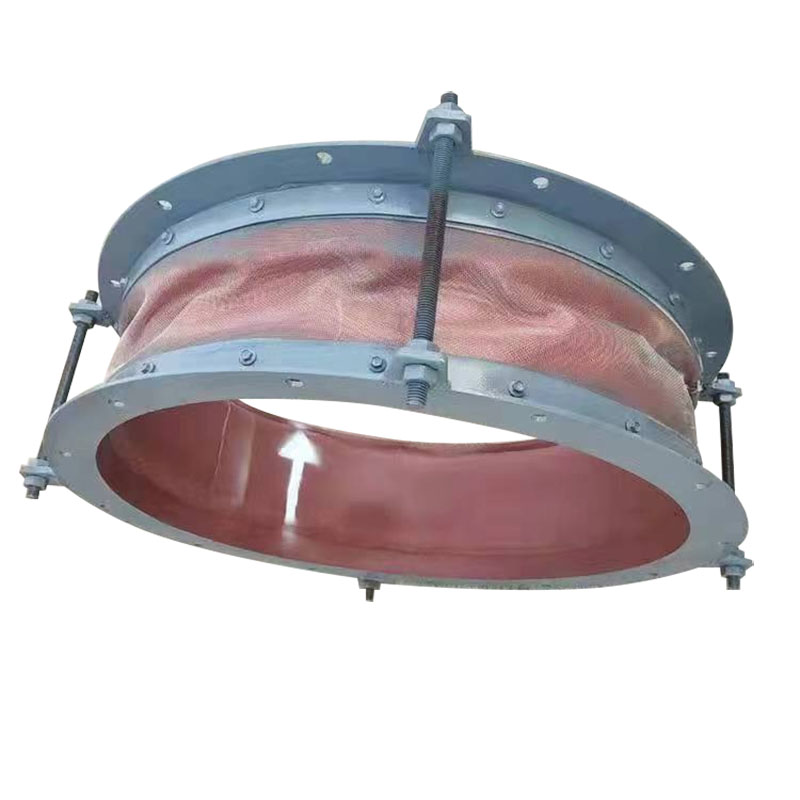

As a key component to alleviate the thermal expansion and contraction and vibration displacement of pipes, pipe compensators are divided into categories based on compensation principles and application scenarios. Different types of designs are designed around "reducing pipe stress" to form a product system that is suitable for various working conditions.

Axial compensators are the most basic category. They absorb the axial displacement of pipes through the axial expansion and contraction of bellows. They have a compact structure and are suitable for straight pipes. The compensation amount of a single unit can reach 50-300mm, and the pressure level covers 0.6-4.0MPa. They are often used in heating and air conditioning water systems. When installed, they need to be matched with guide brackets to control radial deviation.
Transverse compensators achieve displacement compensation through the transverse bending of bellows, which is suitable for pipes with lateral deviations (such as bends). It adopts a hinge or universal ring structure, which can absorb lateral displacements of 100-500mm, has strong anti-instability ability, is widely used in long-distance oil pipes, and can effectively deal with pipe deviations caused by foundation settlement.
Angular compensators are composed of a single or multiple bellows. They compensate for the displacement at the corner of the pipe through angular displacement. They are often used in L-shaped and Z-shaped pipe layouts. The compensation angle can reach ±15°. When used with a fixed bracket, it can reduce stress concentration at the bend of the pipe. It is particularly common in process pipes of chemical plants.
Sleeve compensators are composed of a core tube and an outer shell. They absorb displacement through axial sliding. The compensation amount can reach more than 1000mm and is suitable for large-diameter pipes (DN500-DN3000). However, the sealing filler needs to be maintained regularly. It is mostly used in water pipes with good water quality and is widely used in municipal pipes.
Non-metallic compensators are made of flexible materials such as fabrics and rubber. They have a wide temperature resistance range (-196℃ to 1200℃), can absorb multi-dimensional displacement, and have good shock and noise reduction performance. They are suitable for scenes with strong corrosion and high vibration such as power plant flues and chemical exhaust pipes, but the pressure bearing capacity is low (usually ≤0.6MPa).
The selection of various types of compensators needs to be comprehensively judged in combination with pipe media, pressure, temperature and displacement. The axial type is suitable for small displacement straight pipes, the transverse and angular types are suitable for complex pipe layouts, the sleeve type is suitable for large displacement scenarios, and the non-metallic type focuses on corrosion resistance and shock absorption. Reasonable selection can reduce the failure rate of the pipe system and extend the service life of the equipment, which is an important part of pipe engineering design.